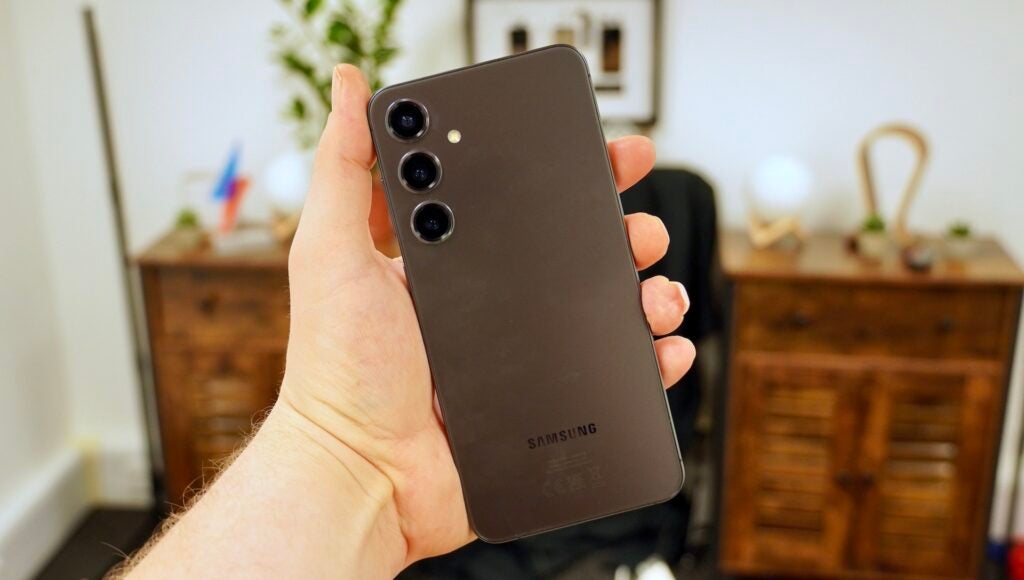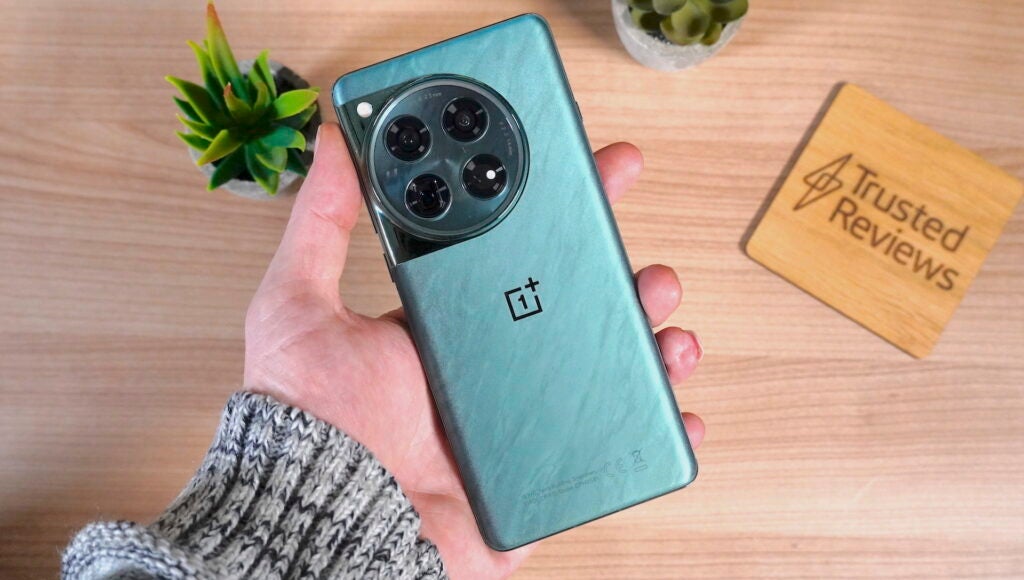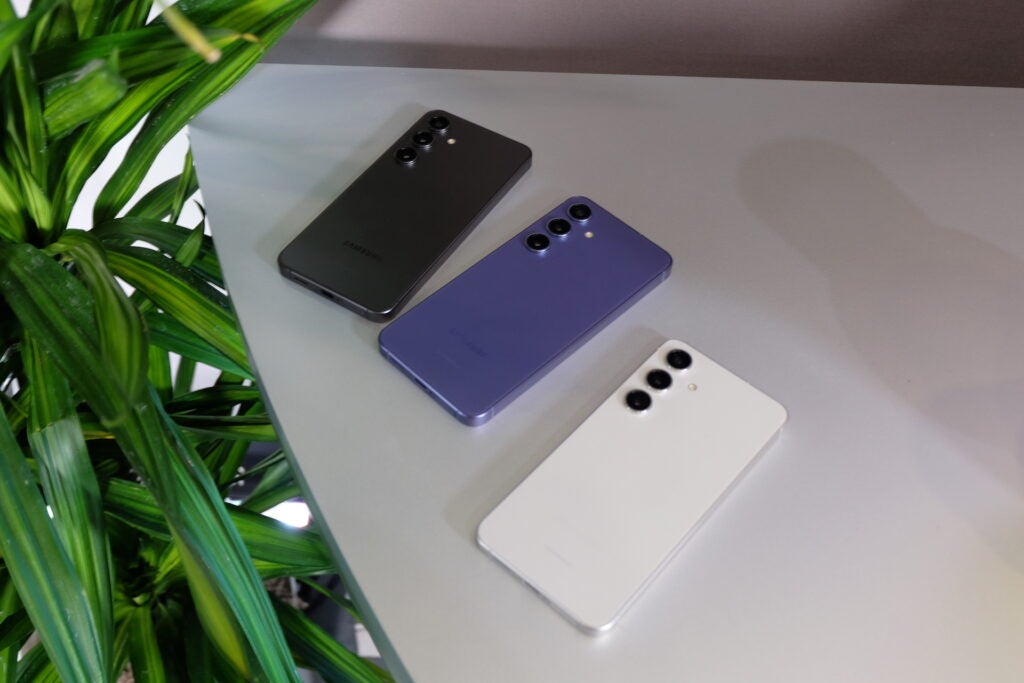OPINION: Samsung has a bit of a reputation for being the ‘Apple of the Android world’ – and it’s not hard to see why. The smartphone maker has consistently put out quality smartphones, not just flagships but mid-range and budget devices and, more recently, foldables.
These phones traditionally offer the very best smartphone tech, from screen tech to the latest cameras, but that’s certainly not the case with the latest Samsung Galaxy S24, or its bigger sibling, the Galaxy S24 Plus.
Why? Simply put, they’re just a bit boring.
That’s not to say that the Galaxy S24 and its larger sibling aren’t wholly capable flagship smartphones – they certainly are, complete with a great screen and flagship performance from the Exynos 2400 chipset within alongside elements like Galaxy AI and an extended seven-year OS promise.
But in a market where much of the flagship competition has gone above and beyond to offer something fun and unique, Samsung’s flagships struggle to stand out.
That starts with the design, with the Galaxy S24 looking a whole lot like last year’s Galaxy S23, which is to say that it once again looks a lot like an iPhone. Okay, I can’t wholly blame Samsung for this as there are only so many ways you can dress up a slab of glass and aluminium, but the same flat edges and rounded corners do give it a particularly Apple-esque vibe.


It also doesn’t help that Samsung has leant into the minimalistic design aesthetic, with the phones lacking simple elements like a camera housing that helps give modern phones some personality.
Samsung has also seemingly given up on improving the charging experience of the Galaxy S24 range despite much of the flagship competition offering double – and even faster – charging speeds.
The regular S24 is capped at 25W, while the S24 Plus matches the Ultra’s 45W, with all three getting a full charge in around 70-80 minutes. That would’ve been fine five years ago, but those numbers pale in comparison to the 100W charging of the competing OnePlus 12 which delivers a full charge in just 26 minutes.


Even the screen department, an area where Samsung has truly excelled in the past, is a little underwhelming on the Galaxy S24. There are admittedly positives here, like the inclusion of LTPO tech for the first time, but these have been staples of much of the flagship competition for a few years now, so it’s more Samsung playing catch-up.
Besides, while features like 2600nits maximum brightness are an improvement, they still pale in comparison to some of the truly amazing screen tech used by 2024 flagships, be that the LTPO 4.0 support of the cheaper OnePlus 12R or the exceptional 4600nit brightness of the flagship OnePlus 12.
Samsung also has a long way to go in terms of HDR format support, only offering the niche HDR10+ in place of more readily used codecs by streaming services like Dolby Vision HDR. Again, these are all features of competing phones at very similar, if not cheaper, price points to the S24 and S24 Plus.
The S24’s neglect becomes most apparent in the camera department, however.
That’s because the Galaxy S24 and S24 Plus sport a 50MP primary camera alongside a 12MP ultrawide and a 20MP 2.5x telephoto. That might sound a little familiar, and there’s a good reason why; it’s the exact same setup as not only last year’s Galaxy S23 but 2022’s Galaxy S22 too. For three years, Samsung hasn’t even touched the camera setup of two of its three flagship devices.


That’s not to say that they don’t capture decent photos – they do, albeit with slightly sickly vibrancy in some shots – but they simply just don’t go far enough compared to the similarly priced competition like the Google Pixel 8 or OnePlus 12.
It’s even more frustrating when you consider that, in the same span of time, the top-end Ultra model has seen huge changes not only to its overall design but key components like its camera setup.
It has not only seen a huge boost to main camera performance with a 200MP lens that has yet to make its way to the regular models, but the Galaxy S24 Ultra goes even further with a new 50MP 5x periscope lens. All this while the ‘flagship’ Galaxy S24 and S24 Plus sit on the same ageing hardware.
It’s clear that Samsung is trying to upsell users the all-singing-and-all-dancing S24 Ultra, but at £1,249/$1,249, it’s not exactly affordable for most.
So with that all said, it’s clear that Samsung has its work cut out for next year’s Galaxy S25 and S25 Plus. If they don’t, I think Samsung could be in serious trouble of losing the spotlight it has held for so long. Who’d have seen that coming a few years ago? Certainly not me.

